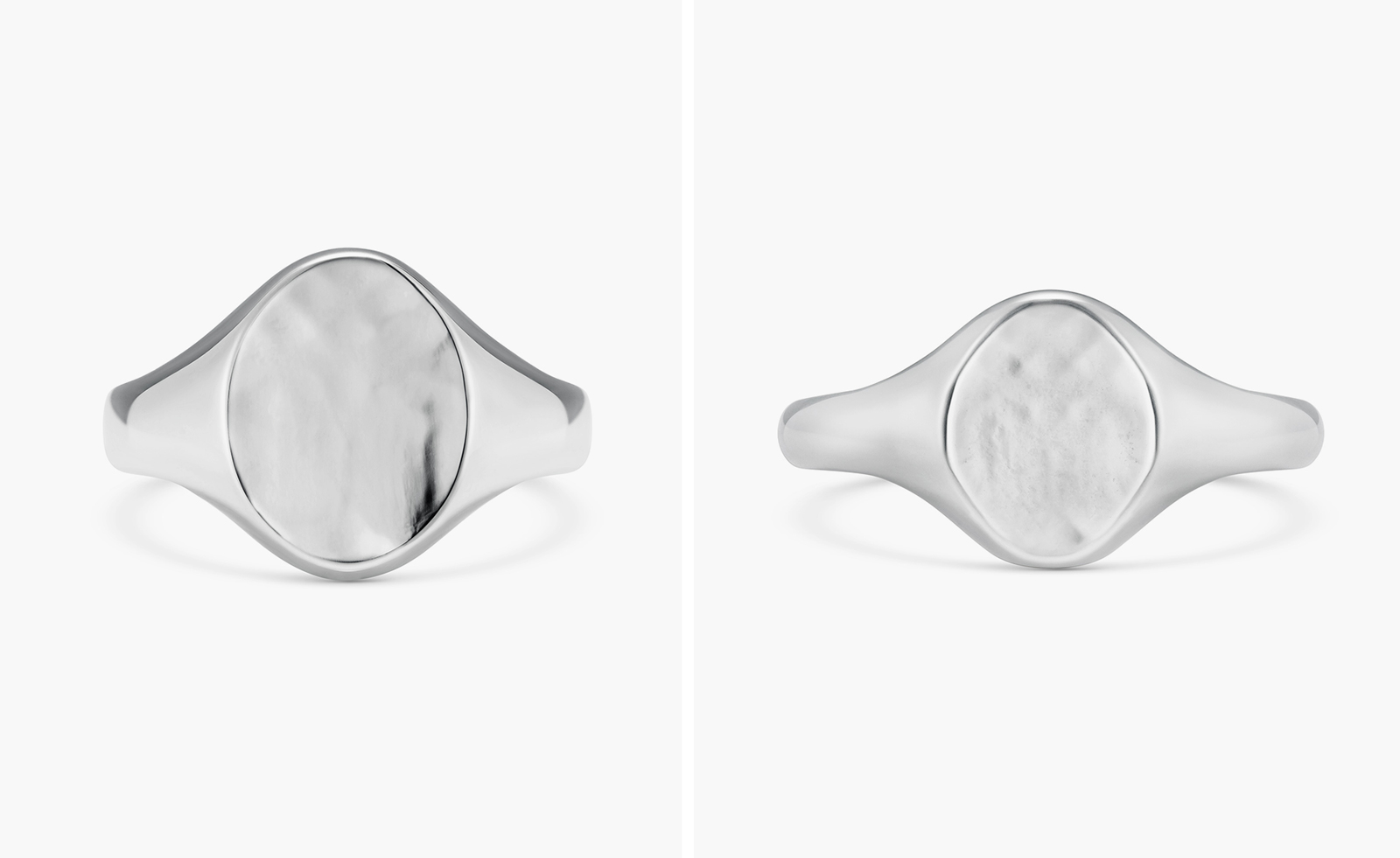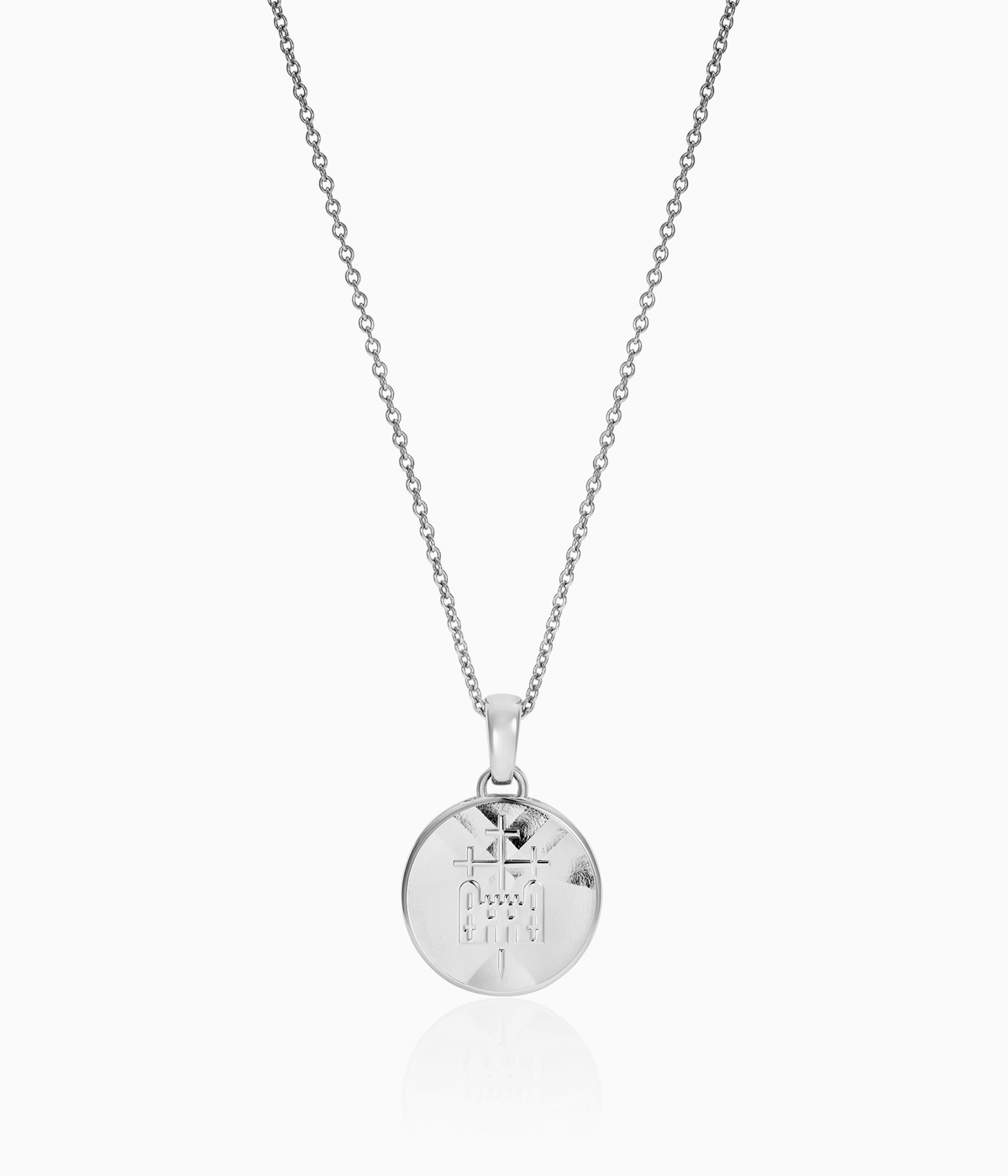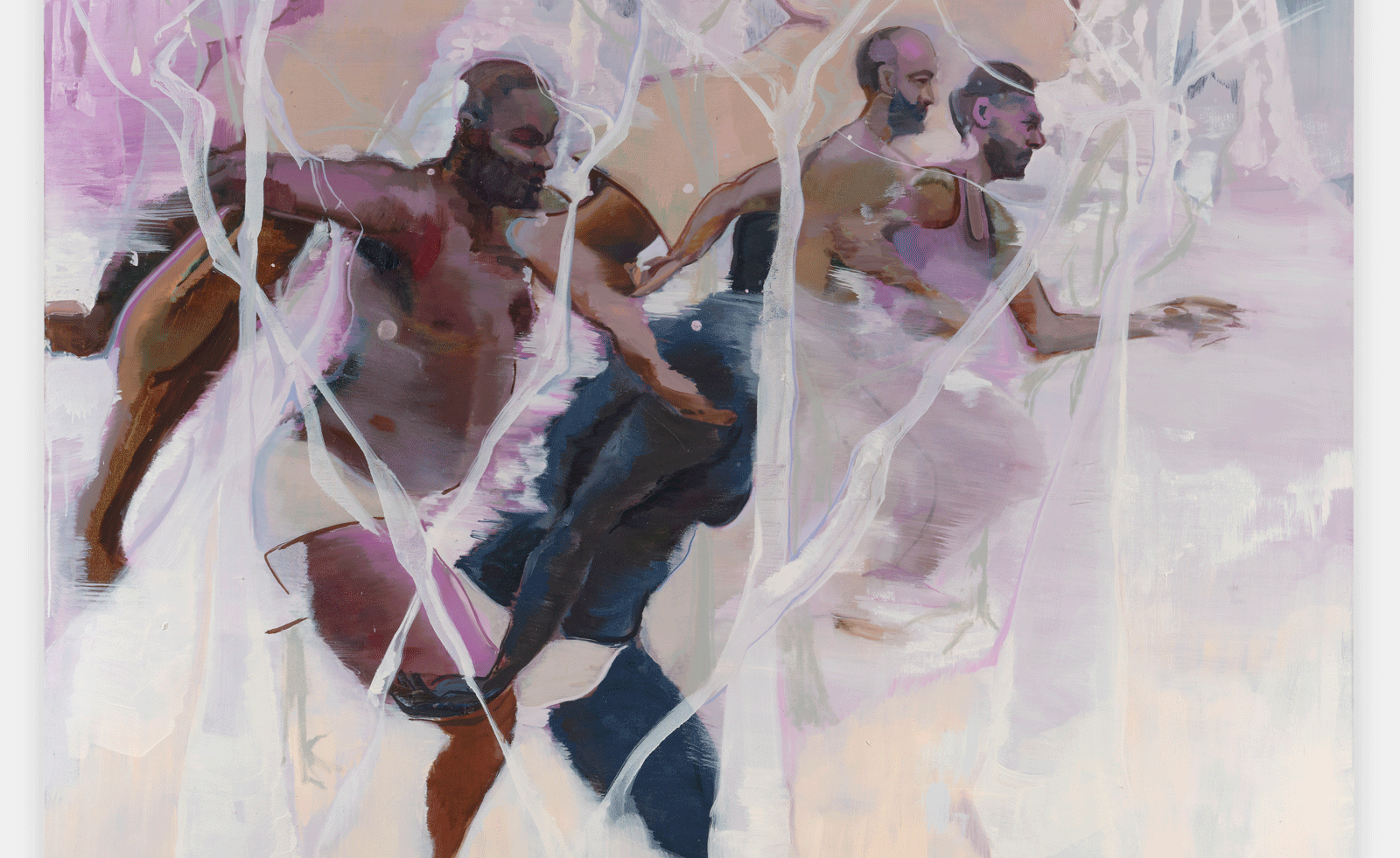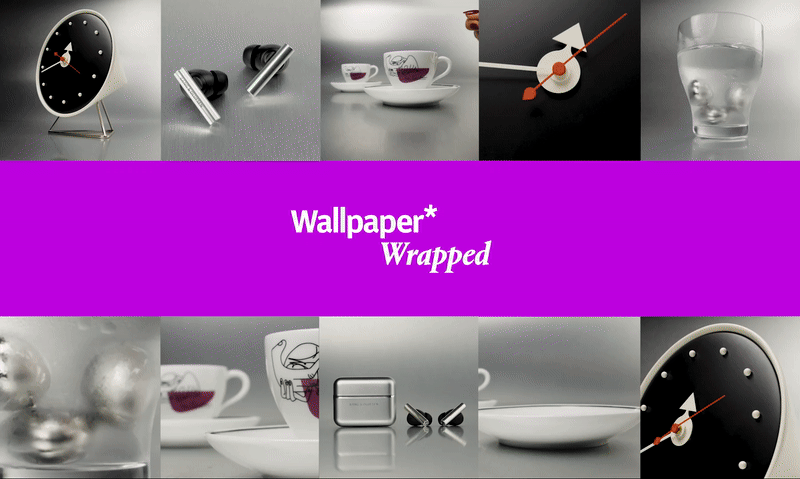Silver from X-rays recycled as sustainable jewellery by The Royal Mint
The 886 by The Royal Mint jewellery collection gives recycled X-ray films a new purpose

The silver from X-rays is rethought by The Royal Mint, which uses the material in the new 886 by The Royal Mint jewellery collection. The new pieces, created in collaboration with Betts Metals, adhere to the sustainable ethos at the heart of the 886 by The Royal Mint project, which champions the use of recycled metals. In this case, jewellery gives new life to the silver in recycled X-ray films.
‘The X-ray metal fitted seamlessly with the work we had already been doing with Excir gold,’ says Dominic Jones, creative director of 886 by The Royal Mint, referring to its existing collaboration with Excir, a Canadian firm that extracts gold from electronic waste. ‘It was a new stream of recovering and reclaiming metal that was – up until now – being unused and abandoned. Using X-ray silver continues our efforts towards being as sustainable as possible.’
886 by The Royal Mint sustainable jewellery designs

To recover the silver from the X-rays, Betts Metals refine tonnes of segregated medical X-ray film every week, which is then turned into jewellery by The Royal Mint’s craftspeople. ‘The first pieces I designed with the X-ray silver, the “Signet” ring and “Tower & Crosslet” pendant, were continuations of the first 886 by The Royal Mint collection, which was designed as a celebration of material and the idea of wearable gold bullion,’ Jones adds.
The pieces encompass an understated aesthetic, cutting sculptural silver silhouettes. For Jones, it is a minimalist nod to the company’s heritage in a neat full circle. ‘For both these first X-ray silver pieces, we were able to expand our use of caustics, a concept whereby a manipulation of light can be used to reveal hidden designs. This was a theoretical concept, developed by Sir Isaac Newton while he was at The Royal Mint in the 17th century, that we are now able to bring to life. It was a completely new technique developed into reality by the skilled team at The Royal Mint when we applied it to the cufflinks from the original collection – we worked hard to expand the selection of caustic designs within the collection because of the popularity and positive reaction from launch.’
Receive our daily digest of inspiration, escapism and design stories from around the world direct to your inbox.
Hannah Silver is the Art, Culture, Watches & Jewellery Editor of Wallpaper*. Since joining in 2019, she has overseen offbeat art trends and conducted in-depth profiles, as well as writing and commissioning extensively across the worlds of culture and luxury. She enjoys travelling, visiting artists' studios and viewing exhibitions around the world, and has interviewed artists and designers including Maggi Hambling, William Kentridge, Jonathan Anderson, Chantal Joffe, Lubaina Himid, Tilda Swinton and Mickalene Thomas.
-
 Artist Shaqúelle Whyte is a master of storytelling at Pippy Houldsworth Gallery
Artist Shaqúelle Whyte is a master of storytelling at Pippy Houldsworth GalleryIn his London exhibition ‘Winter Remembers April’, rising artist Whyte offers a glimpse into his interior world
-
 Little gift ideas from the Wallpaper* editors
Little gift ideas from the Wallpaper* editorsThese micro icons, from design and beauty pieces to tech and fashion, are ideal for filling stockings this festive season
-
 Tour this contemporary Sunset Strip home, a vision that took _By.Alexander 14 years to complete
Tour this contemporary Sunset Strip home, a vision that took _By.Alexander 14 years to completeDesigned by the music producer, alongside architect Paul McClean, this hillside Los Angeles home, fully equipped with an indoor nightclub, spa, sports amenities, and more is now on the market for $85m